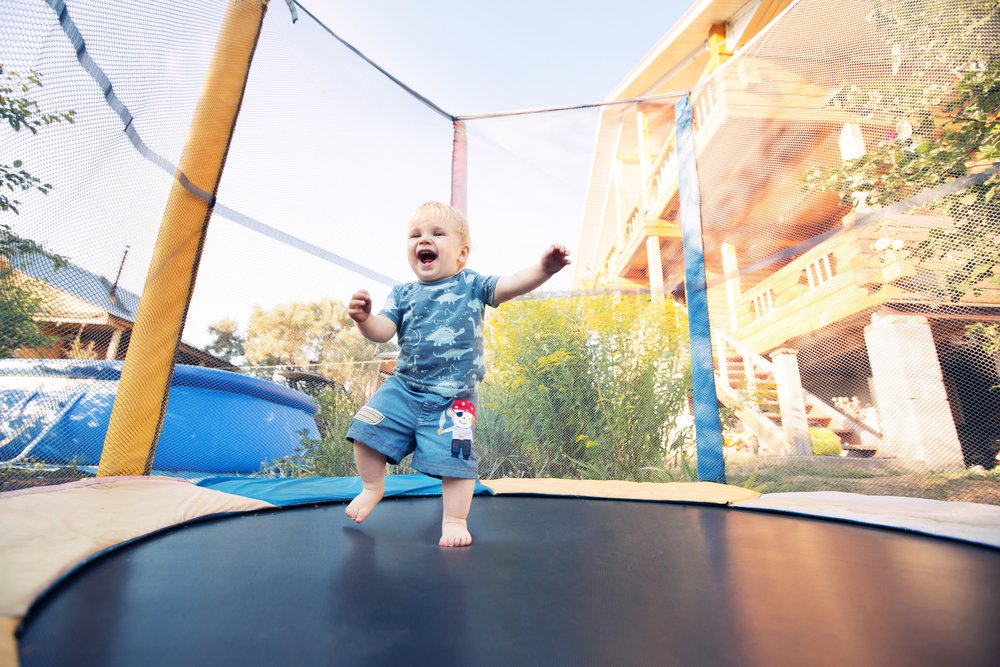Key points:
- Jumping is a significant task for toddlers that requires courage, balance, strength, and body coordination.
- Toddlers typically start testing their ability to jump around the age of 2, and progress from jumping forward with a leading leg to jumping over larger obstacles by the age of 3.
- Essential abilities involved in jumping include muscle strength, balance, proprioception, muscle coordination, and motor planning.
- Each child develops at their own pace, so it’s important to encourage them to explore and work on their skills as much as possible.
While jumping seems easy and doesn’t require much effort for us, it is a significant task for your little one to perform. It takes a lot of courage, balance, strength, and body coordination for them to try it. Every child is different and even though there is a wide window of opportunity to accomplish this, generally at about the two-year mark your toddler might start to test their ability to jump!
If your toddler is about this age, have you noticed if they tests their weight on one leg and then the other? They may also start doing this if you take them to a trampoline, or they may even try to imitate you if they see you jumping. Around this age, they’ll be very excited to discover these new skills and they’ll have a great time at the playground! They might start by jumping forward with a leading leg at around 24 months, then, at approximately 26 months, they’ll be able to jump in place with their two feet together, and later on they’ll jump off small platforms. Eventually, at around 36 months, they’ll be able to jump over larger obstacles. It will be hard to keep up with them!
But what is your child actually working on throughout all these months of practicing this skill? Let’s talk about some of the essential abilities involved in jumping, the ones your toddler will surely continue to develop!
Muscle strength: It means how strong you are and your ability to exert force against resistance. The greater amount of strength your little one has, the higher they’ll jump!
Balance: It is the ability to stand upright and steady, while maintaining an equal distribution of weight on both legs. Balance is essential for your toddler to jump without wobbling.
Proprioception: It is our perception and awareness of our movements and body position. These help your child understand their body position in relation to its space and other body limbs, making it easier for them to be less clumsy and have more control and coordination.
Muscle coordination: It is the ability to select the correct muscle, at the right time, and with the proper intensity. Specifically for jumping, your child also needs coordination to make the same movement with both legs and feet.
Motor planning: It is the ability to plan and carry out motor actions in the optimal sequence from beginning to end.
It is also very important to remember that every child is different and learns at their own pace. The milestones described here are a guide to your child’s development, but it doesn’t mean that they will happen exactly like described. Keep encouraging your toddler to explore and work on their skills as much as you can!








